The Results-Driven Approach to Blog Content Creation
It’s no wonder that 70% of marketers are actively investing in content marketing, and that 72% of marketers said having a strong content strategy was key to success.
Content marketing works. Plain and simple.
In fact, stats show that content marketing gets three times more leads than paid search advertising, and marketers who prioritize blogging efforts are 13x more likely to see positive ROI.
But, here is the deal.
Not all content is created equal, and getting results isn’t just a matter of putting pen to paper. Every piece of content you publish should address the five following goals:
Rank in the search engine results pages (SERPs) for a target keyword
Elicit clicks from people that fit your ICP (ideal customer profile)
Engage readers long enough to get them to stay on your website
Encourage website visitors to convert
Generate backlinks (aka be interesting enough that people want to share your content)
Let’s take a deeper dive into how writers and content marketers can fulfill these goals.
1. Create content that ranks organically on Google
In terms of content marketing, it doesn’t matter if you crafted the most gorgeous piece of modern literature known to man and posted it to your business blog. If Google doesn’t understand what your blog post is about, then the only person who will read your web-based work of art is your mom.
To give you a better understanding of how to get Google to read and return your content in the search results, let’s quickly review how Google’s algorithm works.
The goal of Google: Google’s objective is to return the most relevant website pages when Google users type in a keyword.
For example, if someone types in “best hot chocolate,” Google will return a list of delicious hot chocolate companies. Google won’t, however, return a list of websites about orange juice or coffee.
But, how does Google know which web pages (out of the millions on the web) are the most relevant?
The answer: Google’s algorithm.
In short, Google’s algorithm looks at 200+ different factors to determine a page’s relevance in relation to specific keywords.
By this mathematical magic, when someone enters a specific keyword into Google’s search bar, Google will comb through the wonderful world of websites and return pages that its algorithms deem the most relevant.
All this is just to say if you want your hot chocolate website to rank when someone types in “best hot chocolate” (or something similar), you have to strategically let Google know that your page is about hot chocolate.
Otherwise, you risk Google overlooking your page or ranking it on page 158 on the search engine result pages (SERPs) for who knows what keyword.
There are several strategies involved in getting your website or blog post to rank in the SERPs. The first part of the strategy is the job of the SEO consultant involved in the project. The SEO team lead will research keywords to determine:
Relevant keywords (primary and secondary)
Keyword search volume
Keyword difficulty
Competition
And more!
Once you have solidified a keyword, you, as a copywriter, can conduct basic on-site optimization for that keyword.
On-site SEO optimization checklist
Here are the steps you can take as a copywriter to make sure you are telling Google what your page is about:
Identify a primary keyword
Use your primary keyword in your title (H1 tag/Heading 1)
Include your primary keyword in the first 100 words of your blog post
Make sure your primary keyword is in the URL
Include your primary keyword in one of your subheadings (H2 tag/Heading 2)
Name one of your pictures your primary keyword (this is called an alt tag)
Include a few links to credible external websites that are relevant to your blog topic
Make sure to include internal links to pillar pages of your own website
Add long-tail variations of your keyword, or long search queries that usually take the form of a question (e.g., Where is the best place to buy hot chocolate in Chicago?)
These are the basics of SEO optimization. When you know this and apply it to your blog writing, it’s invaluable to your clients (and you can charge big bucks).
You may be wondering if onsite optimization really is as important as I’m making it out to be. The answer is a resounding yes! Seventy-five percent of all of Google’s clicks go to websites on the first page of the SERPs.
2. Get more clicks from your target audience
The next goal a good copywriter should have is to get people that fit your target audience to click through to the page.
While you definitely need to optimize your website content for Google’s search algorithm, you also need to write for people, specifically your ICP.
Here’s how to write for both Google and people in a way that leads to clicks.
Optimize your title tag for search and people
Your title tag is the headline or main link that appears when people search for a keyword. For example, if I type in “best Netflix shows,” here are some title tags (underlined in pink).
You’ll notice these title tags all include the primary keyword I searched “best Netflix shows,” and they are also self-explanatory to a reader. Title tags are not the time for a catchy headline. Instead, write something that includes your keyword and is straight to the point.
Write an informative meta description
Your meta description is the short blurb of content under the title tag that tells your readers what the blog post is about. Meta descriptions should be between 155-160 characters (not words) long. They should include your primary keyword and a short description of what the reader will get when they click through to your blog post. I also like to add a quick call-to-action (CTA) in the meta description to entice readers to click. Remember, readers like to be told what to do.
3. Engage readers so they stay on your website
Another way to build website credibility is to engage your readers and get them to stay on your website.
Believe it or not, most users only stay on a website for 10-20 seconds. I know, sad. Your job as a top-notch copywriter (especially for your high-end clients) is to employ copywriting tactics that will get visitors to engage with the website.
Here are some ideas on how you can keep your readers on your website.
Don’t be boring
That’s all.
Write for the internet
Writing for the internet is nothing like writing a novel, a school paper, or a review. When you write for the internet, you write how internet browsers read. This means:
Cut the fluff and get straight to the point
Put the most important information first
Make it easy to scan your content by including headings, subheadings, and bullet points
Write in short paragraphs
Highlight your call-to-action (CTA)
Internet readers skim. Make it easy for them to scan your content and glean all the important insights.
Include internal links
You don’t necessarily need visitors to stay on a particular blog post, but you do want them to stay on your website.
A good way to do this is to include internal links to your website when it makes sense.
For example, if you are writing a blog post about freelance writing and you have a section where you talk about services, include a link to your services page (see what I did there?).
4. Get website visitors to convert
Content marketing is all about using content to capture more customers and eventually boost sales. The end goal of your post should be to get your website visitors to do something. (Quick note: this means you should always ask your clients what their content marketing goals are and what the purpose of the blog post is).
There are so many strategies for increasing conversions through your blog posts. Let’s talk about a few ideas.
Create a free digital asset
You can include an in-text offer, side-bar offer, or even a pop-up offer that you include in your content. Usually, the deal is the internet reader provides their email address, and you give them a free download in return.
This is a great way to build your email list. And we all know the power of email marketing. Oh you, don’t? Email marketing has the highest ROI of any other marketing strategy.
Include a call-to-action (CTA)
Don’t be afraid to tell your readers what you want them to do. Include a CTA at the end of your post with a link to your website, your services, or a special offer.
Writing a CTA can feel awkward at first, especially if you’re promoting your own content or product. Here is a an awesome blog post with 8 types of CTAs you can try out on your blog post.
Show off your knowledge
A blog post is different than a landing page or a sales call, but it is still a powerful conversion tool. The approach is just slightly different.
When people search for blog posts, they are usually looking for some sort of expertise. Don’t be afraid to go into depth on a particular topic, offer your expertise, and then invite browsers to learn more about how you and your smart self can help them.
5. Generate backlinks to your website
The last important goal of your website content is to generate backlinks.
As a quick review, a backlink is when another website links back to your website from their blog. In this blog post, for example, I have several links to other credible sources. If you click on one of these blue links, it will take you to another website.
Why do you care about generating quality backlinks for yourself and your clients? Google uses backlinks as one of its ranking factors. In other words, the more credible backlinks you have to your website, the better chances you have at ranking higher in the SERPs (search engine results pages).
As a copywriter, the best thing you can do is write detailed, long-form (in most cases), helpful, insightful content—content that is unique and that other industry leaders will want to link to and share.
Remember, always include a shareable picture on your blog posts. This helps with SEO and also generates a photo when someone shares your page on social sites.
Wrap Up
It is true content is king, but not all content is created equal. The content that will stand out to Google and to your target audience is the content that is goal-oriented.
For more information about content writing services, contact me (Ashley R. Cummings) today! If you’re a copywriter that’s interested in SEO strategy, check out my SEO guide for copywriters.







